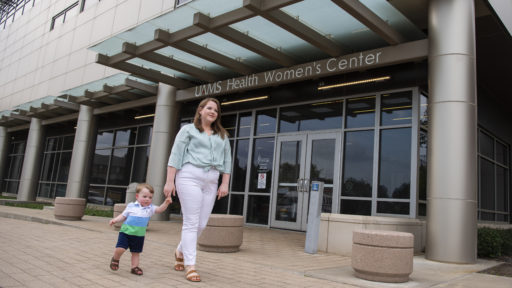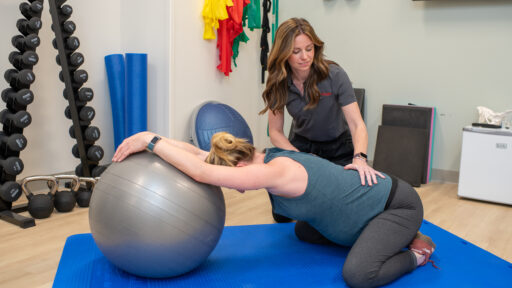Electrical Stimulation (also called e-stim or electrotherapy) is a therapeutic treatment that uses electrical currents to stimulate muscles and nerves. It is commonly used by physical therapists, chiropractors, and other healthcare providers to reduce pain, improve muscle function, promote healing, and enhance rehabilitation for various conditions.
There are several types of electrical stimulation, each with specific purposes:
- Transcutaneous Electrical Nerve Stimulation (TENS): TENS is used primarily for pain relief. Small electrodes are placed on the skin near the area of pain, and low-level electrical currents are delivered to stimulate the nerves, which can block pain signals from reaching the brain.
- Neuromuscular Electrical Stimulation (NMES): NMES is used to stimulate muscle contractions. It’s often used to strengthen weakened or atrophied muscles (due to injury or surgery) and improve muscle control. By sending electrical impulses to the muscles, NMES can help maintain muscle mass and prevent muscle disuse.
- Interferential Current (IFC): IFC is used for deeper pain relief and to reduce inflammation. It involves a higher frequency of electrical currents that penetrate deeper into the tissue to target specific areas of pain or injury.
- Functional Electrical Stimulation (FES): FES is used to help individuals with nerve damage or neurological conditions, such as stroke or spinal cord injury, regain lost motor function. Electrical impulses stimulate specific muscles to perform tasks, like walking or grasping, helping to retrain the brain-body connection.
- High-Voltage Pulsed Current (HVPC): This is often used for wound healing and tissue repair. It delivers high-voltage pulses to the skin, which can enhance blood flow and promote the healing process.
Electrical stimulation therapy can be tailored to meet a wide range of rehabilitation needs, from managing chronic pain and promoting circulation to rebuilding muscle strength after surgery. It’s generally considered safe, though it’s not recommended for people with pacemakers or certain heart conditions.


